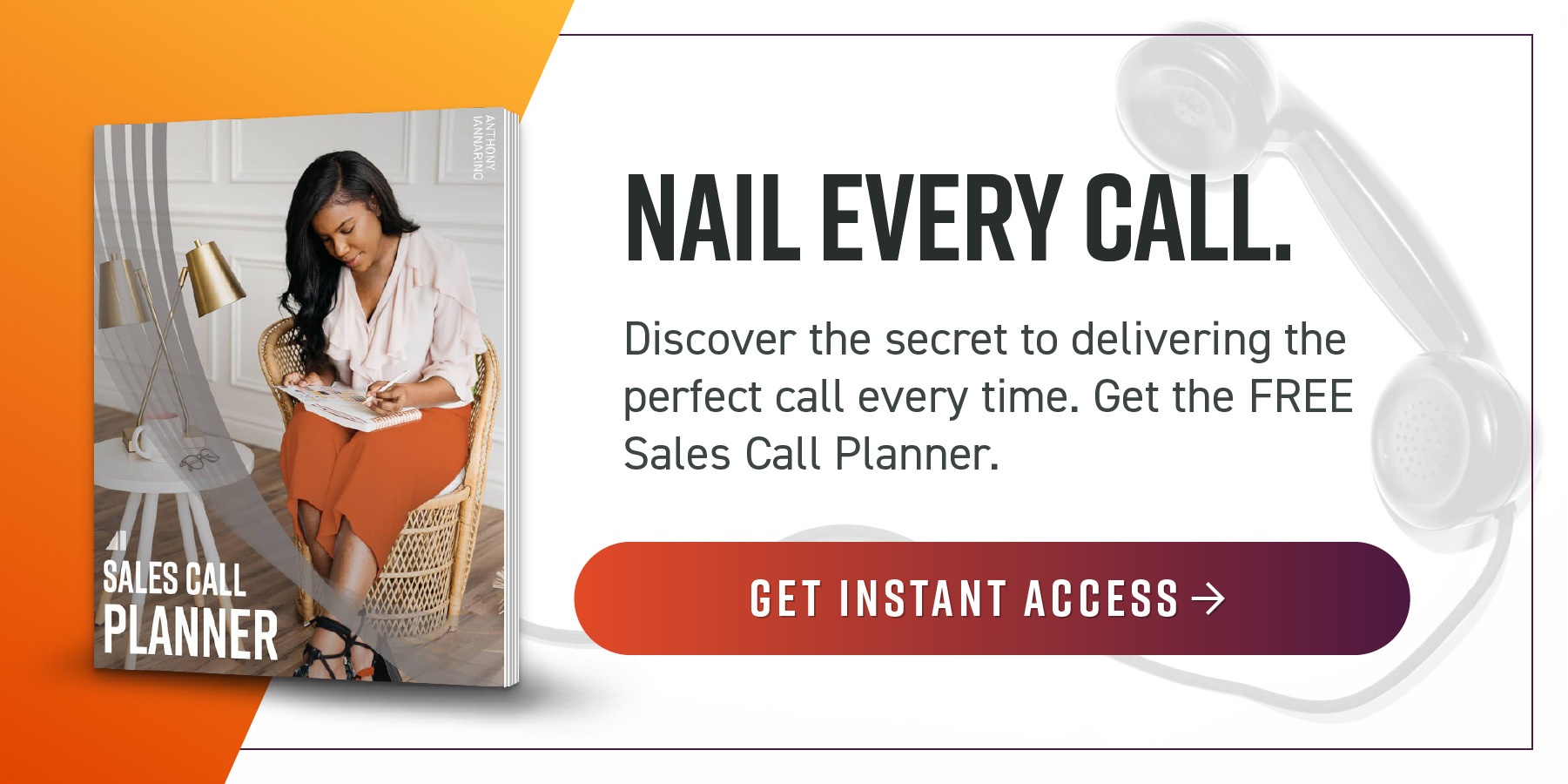You’ve been working with your contact and their team for several weeks. Most of this time has been working on adjusting what will be your client’s solution, all the while building the consensus you need to win a big deal. You are getting close to where you will need a commitment to go forward, and you need to start putting together a presentation and proposal that documents how this will work.
There are two ways salespeople and sales organizations build presentations and proposals. The first and most common approach is “why us” and “why our solution.” The second way is to make the presentation and proposal all about your client, ending with a much shorter version of “why us,” one more about the resources you will provide your client to ensure they succeed.
Know that if you haven’t already proven you are the right person to buy from before you hand over a presentation and a proposal, neither the presentation nor the proposal will not cause your client to buy from you.
The Legacy Presentation
A legacy presentation begins with slides about the company. It may start with the founder’s story, including information like the year the company was started. Depending on the company, the presentation may have a picture of the company’s corporate office and a list of locations. This presentation might include all the awards the company has collected and an organizational chart of the senior leadership.
From there, the presentation will provide proof they can produce the results the client needs by showing the client several large clients they work with to prove the company can be trusted.
If your marketing team develops these presentations, they believe this approach is what will ensure a won deal. This, however, is not true. You win the business by creating value in the sales conversation and by helping make the changes that will ensure the client can produce the strategic outcomes they need.
A Modern Sales Approach to Presentations and Proposals
You can improve your presentations and proposals using a better, more natural flow that will make much more sense, as it is focused on the client, not your company. You might have to do some work to use this approach, but you should already have the information you need to build better sales presentations and sales proposals.
- Why Change: When you found your prospective client, they could not produce the results they needed. Because you identified the root cause of their problems and what it is costing them, you remind your client why must change. You are better off ensuring your client knows you understand their predicament and what needs to change.
- Future State: Once you have addressed the “why change,” it makes sense to outline the future state, one where your client can produce the strategic outcomes the client needs. Here, you are ensuring your client that you know what results they are expecting you to help them deliver.
- The Changes You Will Make: You will explain how your solution will secure the better results the client needs and how it works. But if this is all you do here, you may fail. In this section, you may have to confirm that the client will make the changes you are suggesting to produce the results they are seeking.
- Execution and Milestones: Your client wants to know how this will work and on what timeline. Explain the learning curve you and your team will need as you dial in your solution and the execution.
- The Investment: I hope you have read The Lost Art of Closing: Winning the 10 Commitments That Drive Sales and that you discussed the investment your client will need to make. You should have a confirmation about the investment long before you get to the end of the presentation and proposal.
- Why Us: By this point in your sales pursuit, your client should already know why they are buying from you. But instead of boring your contacts to sleep, share with them the resources you will bring to ensure your client succeeds.
- Questions: It would be better for this approach to be a conversation, instead of waiting for your contact's questions at the end of the presentation and proposals. But that said, make sure every question has been answered before you ask for the business.
- Ask for the business: If at the end of the presentation, you don’t ask for your client’s business, you will have made a mistake. If you have done good work, believe you have earned the right to the client’s business. Ask for the business.
Mapping the Journey to Yes
By starting at the beginning with a conversation about the client’s current state, you prove you understand their problem, the implications of the problems, and why the client needs help to move forward. You are not likely to have a competitor follow this modern approach to presentations and proposals.
Because you have done the good work of capturing the better future state the client needs, you confirm you know what the outcomes you need to produce for and with your clients. This naturally leads to the changes that will improve the client's results, followed by the milestones you will pass through on your way to better results.
If you created value throughout the entire sales conversation, your client would know what they must invest. If you can make your “Why Us” at the end of the presentation another conversation focused on how you intend to take care of them, you will do well, making every conversation client-centric instead of supplier-centric.
Leaving this article, look at how much of your presentation is about your company and your solution and how much is about mapping the client’s journey to yes, something that is only possible if you earned the right to ask for the commitment to buy from you and your company.












